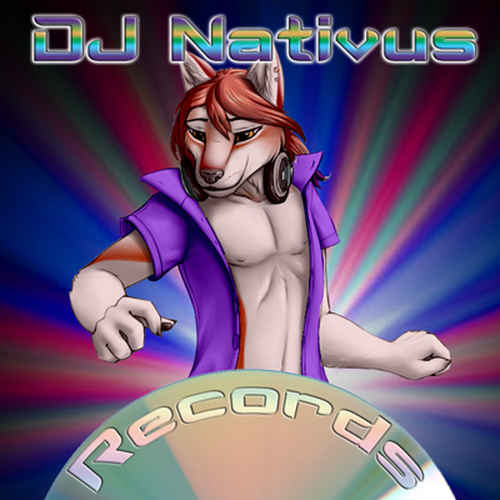The Idiot’s Guide To Hentai Sub Explained
 Characters might also have massive “X” eyes to indicate a knockout, or han2o.com in some cases, even illness. When Tezuka began drawing Ribbon no Kishi, the primary manga particularly targeted at younger girls, Tezuka additional exaggerated the size of the characters’ eyes. Indeed, by means of Ribbon no Kishi, Tezuka set a stylistic template that later shōjo artists tended to observe. While completely different titles and totally different artists have their own creative kinds, many stylistic parts have turn out to be so frequent that describe them as definitive of anime basically. Some titles make extensive use of common stylization: FLCL, for instance, has a repute for wild, exaggerated stylization. Other titles use totally different strategies: Only Yesterday or Jin-Roh take far more lifelike approaches, featuring few stylistic exaggerations; Pokémon uses drawings which particularly don’t distinguish the nationality of characters. There are a number of different stylistic parts which are frequent to standard anime as effectively but more typically utilized in comedies.
Characters might also have massive “X” eyes to indicate a knockout, or han2o.com in some cases, even illness. When Tezuka began drawing Ribbon no Kishi, the primary manga particularly targeted at younger girls, Tezuka additional exaggerated the size of the characters’ eyes. Indeed, by means of Ribbon no Kishi, Tezuka set a stylistic template that later shōjo artists tended to observe. While completely different titles and totally different artists have their own creative kinds, many stylistic parts have turn out to be so frequent that describe them as definitive of anime basically. Some titles make extensive use of common stylization: FLCL, for instance, has a repute for wild, exaggerated stylization. Other titles use totally different strategies: Only Yesterday or Jin-Roh take far more lifelike approaches, featuring few stylistic exaggerations; Pokémon uses drawings which particularly don’t distinguish the nationality of characters. There are a number of different stylistic parts which are frequent to standard anime as effectively but more typically utilized in comedies.
Cultural anthropologist Matt Thorn argues that Japanese animators and audiences do not understand such stylized eyes as inherently more or less international. Vacant, non-reflecting eyes can be utilized to point a state of semi-consciousness. Head heights can range as long as the remainder of the physique remains proportional. Super-deformed characters feature a non-proportionally small body compared to the head. The peak of the top is taken into account by the artist as the base unit of proportion. For exaggeration, certain physique options are increased in proportion. Variations to proportion will be modified by the artist. Apparel for https://hanime.su/ gyaru fashion additionally varies by substyle and retail store; this alternative of manufacturers can denote which substyle one participates in.
The phrase shinjinrui, like otaku, varies broadly in meaning. Some anime works like Crayon Shin-chan fully disregard these proportions, such that they resemble Western cartoons. Azuma’s works within the 70’s had always been preoccupied with sexuality, and in that, they had been a clear response to each male-oriented gekiga productions and feminine-oriented shoujo. Embarrassed or burdened characters both produce a massive sweat-drop (which has become one of the most generally acknowledged motifs of typical anime) or produce a visibly red blush or set of parallel (sometimes squiggly) traces beneath the eyes, particularly as a manifestation of repressed romantic feelings. Characters who wish to childishly taunt someone may pull an akanbe face (by pulling an eyelid down with a finger to expose the crimson underside). Tezuka found that large eyes style allowed his characters to indicate emotions distinctly. Many anime and manga characters characteristic massive eyes.
However, not all anime have large eyes. Anime characters may employ quite a lot of predetermined facial expressions to denote moods and thoughts. Osamu Tezuka, who’s believed to have been the first to use this technique, was inspired by the exaggerated options of American cartoon characters akin to Betty Boop, Mickey Mouse, and Disney’s Bambi. American tradition sees hentai as subversive and dangerous, however Japan sees it as a harmless indulgence in pure fantasy. The popularity of hentai porn is not restricted to Asia, nevertheless. It’s a subgenre of hentai and is a popular type of grownup porn for both men and women. We are specializing in each 2D and 3D hentai. The backgrounds for the Melancholy of Haruhi Suzumiya are based mostly on numerous areas throughout the suburb of Nishinomiya, Hyogo, Japan. The Three grand soups is a standard time period in Japan referring to a few sorts of soup thought to be the best on this planet.
Doujinshi is such a massively popular passion in Japan that there are chains of shops in Japan that promote only fan produced comics and the annual Comic Market conventions of self printed and beginner manga only draw crowds in excess of 100,000 attendees. For instance, some of the work of Hayao Miyazaki and Toshiro Kawamoto are recognized for having realistically proportioned eyes, as well as reasonable hair colors on their characters. Coloring is added to provide eyes, particularly to the cornea, some depth. The depth is achieved by applying variable coloration shading. Alice in Wonderland-inspired work by Shinji Wada revealed within the June 1974 concern of the shōjo manga journal Bessatsu Margaret, the place a male character calls Lewis Carroll a man with a “strange character of liking solely small children” in an inside joke to adult readers. Angry ladies will generally summon a mallet from nowhere and strike another character with it, primarily for the sake of slapstick comedy.
